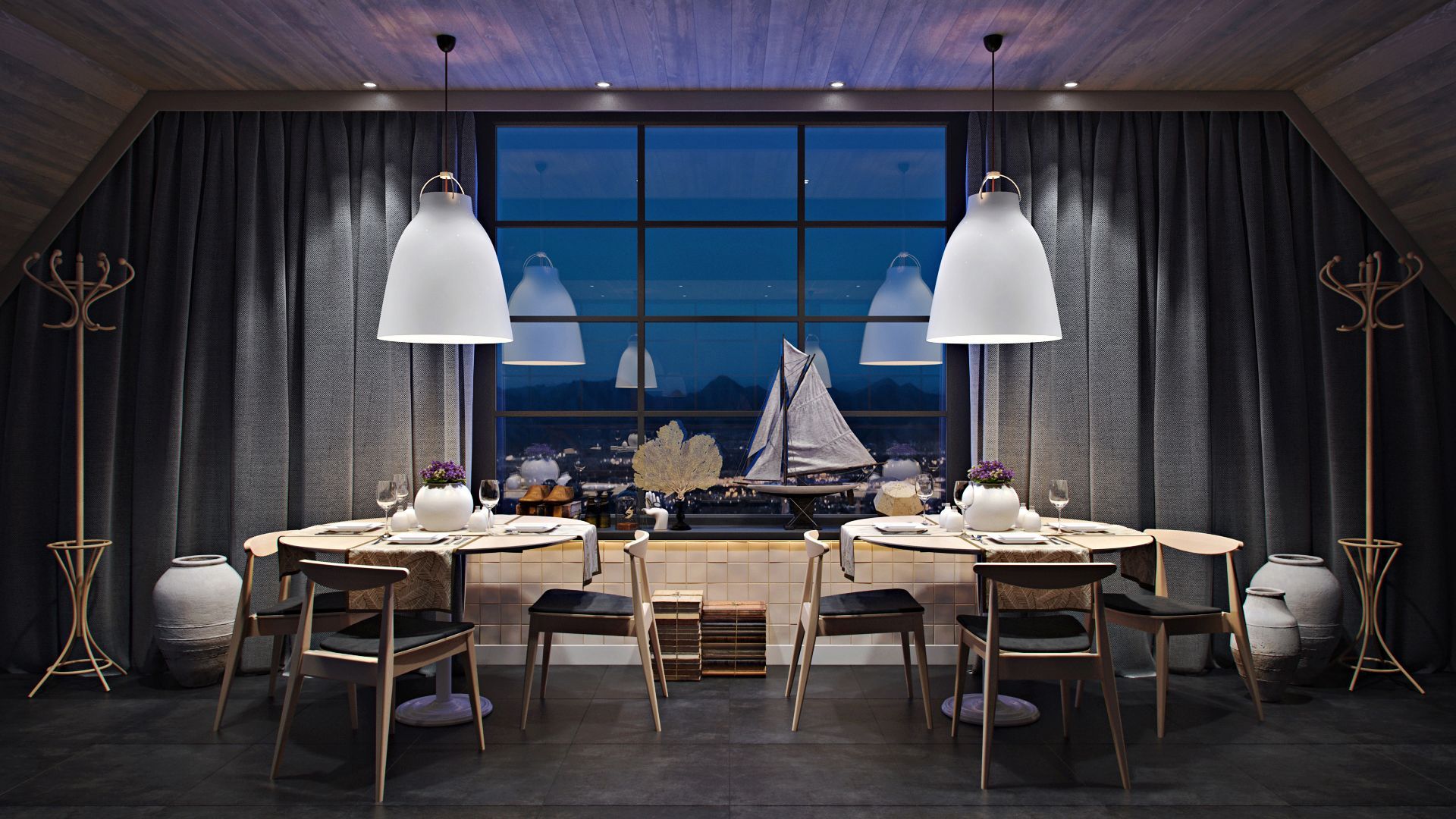Furniture photography balances a fine line between promotional material and art. As art pieces, they have to look great. For commercial purposes, they have to show products’ features and entice potential customers to buy merchandise. According to HubSpot, visuals are much more powerful than words – such content gets 94% more views and the information conveyed in this manner is remembered better than just text. And of course, the better the pictures are, the more likely you’ll get a deal.
That said, there is a handful of ways to present an original design in the best way possible. Learn how to enhance your product images for furniture advertising with 7 handy furniture photography tricks!
1. Enticing Composition
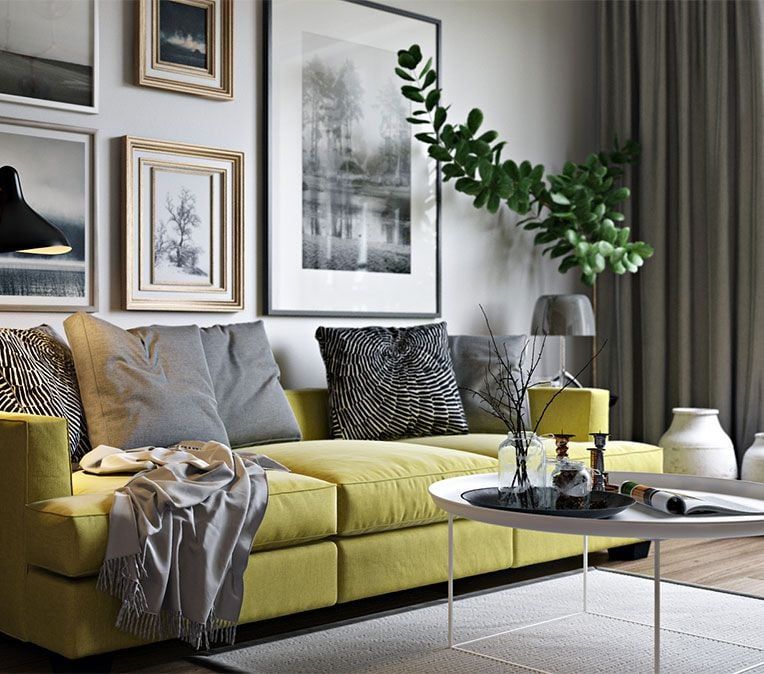
Composition is vital in any visual medium. There is a solid reason for this – even hundreds of years ago creative people knew that arranging elements of an image in a certain way may provoke a certain emotional response from the viewers. Here are some rules of composition a one should keep in mind when shooting furniture photography :
- Have a clear focal point to emphasize key information
- Guide viewers’ attention with “leading lines” – items should form a “route” which eyes follow naturally
- Scale components of pictures: most important should be larger, less important – smaller
- Use pieces that complement each other
- Use elements repeatedly to establish continuity
2. Contextual Backgrounds
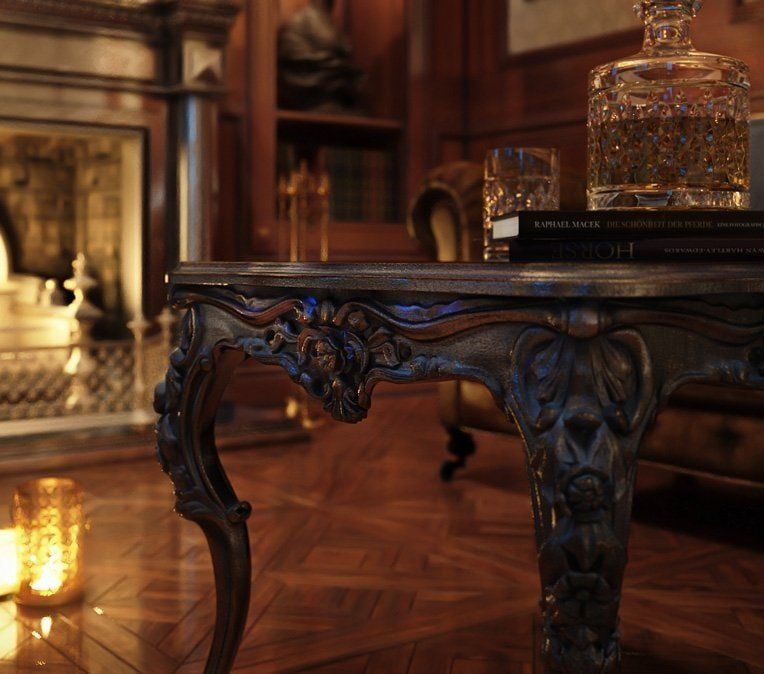
In furniture photography backgrounds are often overlooked – usually, just plain white walls or greenscreens are used to shoot within studios. Consider adding contextual items to the shot to give it a more organic look. They don’t have to be the focal point – blur them during editing so that they don’t distract viewers. This would emphasize the style of the goods as well as contextualize the space they can be used.
Needless to say, props can produce a high impact in furniture photography. And when it comes to highlighting the best features of your product, consider getting CG rendering. They allow us to showcase how the furniture piece looks in various styles and surroundings, and it looks eye-catching too.
3. Saturation And Contrast Changes
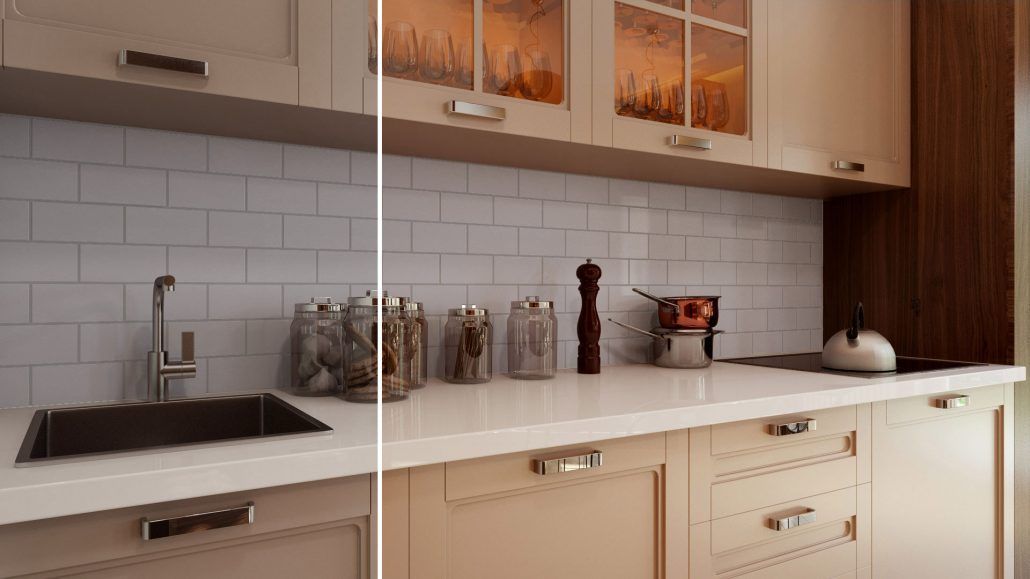
A good color scheme is a must in furniture photography. But finding natural colors that blend together is not an easy task. Modern software can fix that. Any visual editor has contrast and color saturation features. Enhance the hues and add more sharpness to lighting – this would give photos more personality and emphasize little details.
4. Mood Filters
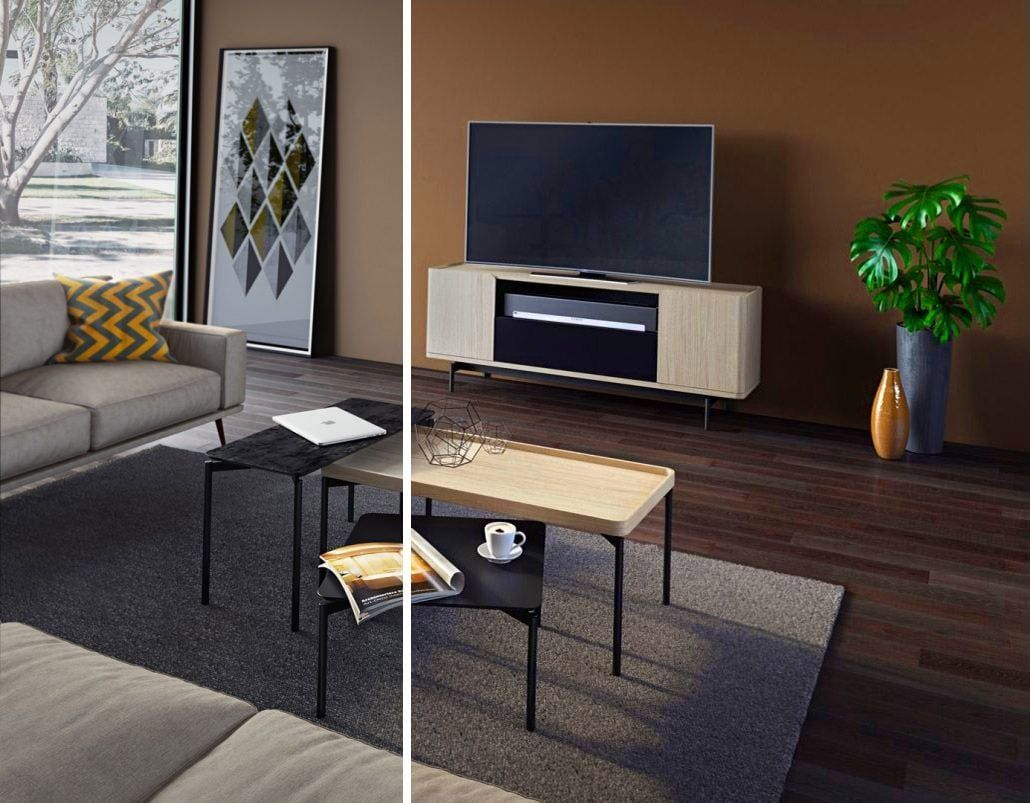
Another way of making the image look interesting and create a certain atmosphere is adding mood overlays. Furniture photography may showcase a varied assortment of goods, but different filters can drastically change the way viewers perceive it. For example, a sofa can be seen as warm and inviting or sleek and stylish – it is only a matter of tones. Even natural light can be used as a filter effect – if it fits the context.
5. Grid Arrangement

Grids have shown time and time again that they can communicate a lot of information in a concise form. Arrange photos in catalogs into grids based on similar themes, then potential customers might see what goods can complement what they like already.
6. Adding Basic Animation Or Interactivity
Furniture photography can be not necessarily only static. E-commerce is more demanding than visual content and high-quality stills are mandatory. However, adding basic animations, like 360-degree views or overlapping images of objects in front of environments to convey a feeling of movement will be more enticing for potential customers to look at. Another option is to add interactivity to product pages, such as smart zoom-in-out, disassemble/reassemble or omnidirectional rotation with mouse and keyboard features so that clients can examine your merchandise in any way they want and be certain of its quality.
7. Adapting Images To Mobile Devices
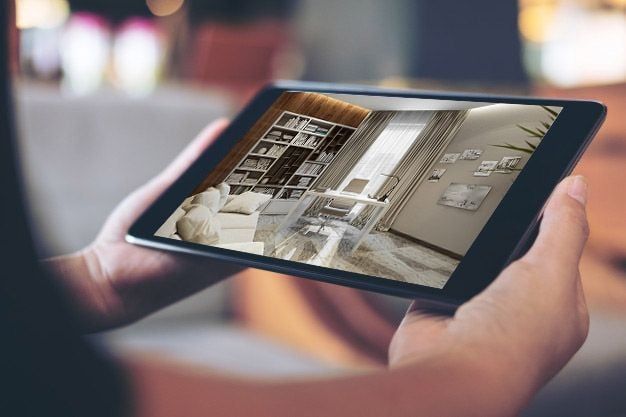
Nowadays the majority of Internet users browse the web via mobile devices. Keep that in mind if you want to get more traffic. Adapt the images made with furniture photography: make them in different sizes and add smart zoom functions – HD pictures don’t fit small screens well.
And these are just some of the ways you can make much more from furniture photography than it is originally capable of. Experiment, mix, and match until you turn your product images into stars. And if you want to waste no time, start today! Get high-quality product modeling services with CGIFURNITURE for all your design and commercial needs!
